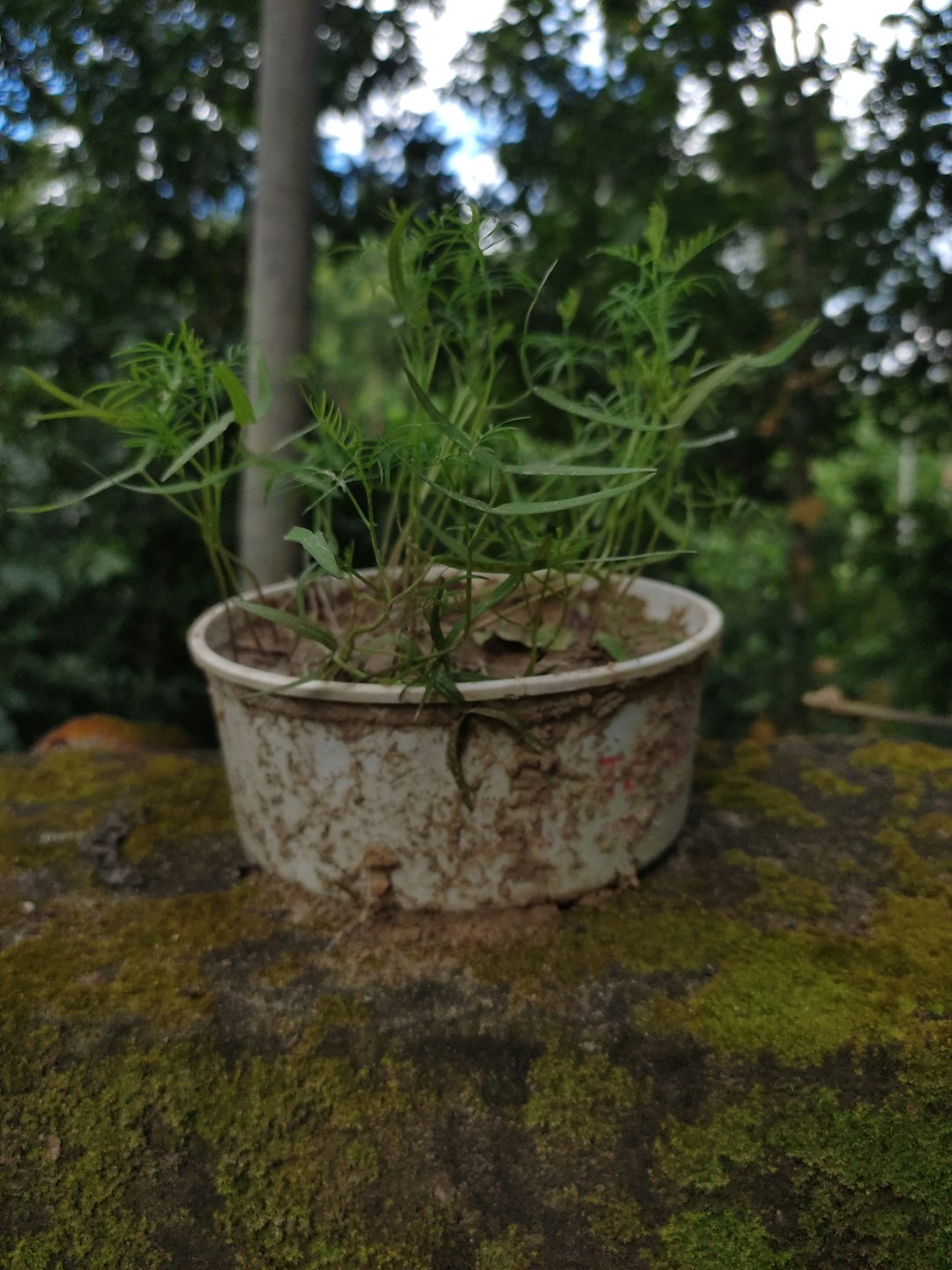The Art of Staking Citrus Trees for a Thriving Garden

In the world of gardening, trees, shrubs, and vines play a crucial role in creating a beautiful and vibrant landscape. Among these, citrus trees are not only aesthetically pleasing but also offer delicious fruits. However, when planting citrus trees, one important aspect that often gets overlooked is staking them properly to avoid wind damage and leaning trunks. In this article, we will delve into the details of how to stake up citrus trees effectively.
First and foremost, it's essential to understand why staking citrus trees is necessary. Citrus trees, especially when they are young, have relatively weak root systems. Strong winds can easily cause the trunks to lean or even uproot the trees. By staking them, we provide the necessary support to keep the trees upright and stable during their early growth stages. This support helps the trees develop a strong and straight trunk, which is vital for their long - term health and productivity.
When it comes to choosing the right stakes, there are several options available. Wooden stakes are a popular choice as they are relatively inexpensive and easy to work with. They can be found in various sizes and lengths, allowing you to select the most appropriate one for your citrus tree. Metal stakes are also a good option, especially if you live in an area with strong winds. They are more durable and can provide better support. However, they may be more expensive than wooden stakes.
Before staking the citrus tree, you need to prepare the tree and the surrounding area. Start by digging a hole that is deep and wide enough to accommodate the tree's root ball. Gently place the tree in the hole, making sure it is centered and upright. Backfill the hole with soil, tamping it down gently to remove any air pockets. Water the tree thoroughly to help the soil settle around the roots.
Now, it's time to install the stakes. For a single - stake method, drive the stake into the ground about 12 to 18 inches away from the tree trunk and at least 18 inches deep. Make sure the stake is firmly in the ground and is perpendicular to the ground. Then, use a soft tie material, such as tree - friendly straps or old pantyhose, to attach the tree trunk to the stake. Be careful not to tie the tree too tightly, as this can damage the bark and restrict the tree's growth. Leave some slack to allow the tree to move slightly in the wind, which helps strengthen the trunk.
If you choose the two - stake method, drive two stakes into the ground on opposite sides of the tree, about 12 to 18 inches away from the trunk and at least 18 inches deep. Attach the tree trunk to both stakes using soft ties. This method provides more stability, especially for larger or more top - heavy citrus trees.
After staking the tree, it's important to monitor it regularly. Check the ties to make sure they are not too tight or too loose. Over time, as the tree grows and its root system becomes more established, you may need to adjust the ties or even remove the stakes. Generally, most citrus trees can have the stakes removed after one to two years, depending on their growth rate and the stability of the trunk.
Another aspect to consider is the location of the citrus tree. Try to plant it in a location that is sheltered from strong winds as much as possible. You can use existing structures, such as fences or buildings, to provide natural windbreaks. If you don't have any natural windbreaks, you can also create artificial ones, such as planting a row of shrubs or installing a windscreen.
In addition to staking, proper pruning can also help reduce the risk of wind damage. Prune the citrus tree regularly to remove any dead, damaged, or weak branches. This not only improves the tree's appearance but also reduces the wind resistance. When pruning, make sure to use sharp and clean tools to prevent the spread of diseases.
Finally, proper watering and fertilizing are essential for the overall health of the citrus tree. Water the tree deeply and regularly, especially during dry periods. Use a slow - release fertilizer formulated for citrus trees to provide the necessary nutrients. A healthy and well - nourished tree is more likely to withstand wind damage and grow into a strong and productive plant.
In conclusion, staking up citrus trees when you plant them is a simple yet effective way to protect them from wind damage and ensure a straight and healthy trunk. By following the steps outlined in this article, you can give your citrus trees the best start in life and enjoy a bountiful harvest for years to come. Remember, a little effort in the beginning can go a long way in creating a beautiful and thriving garden filled with healthy citrus trees.